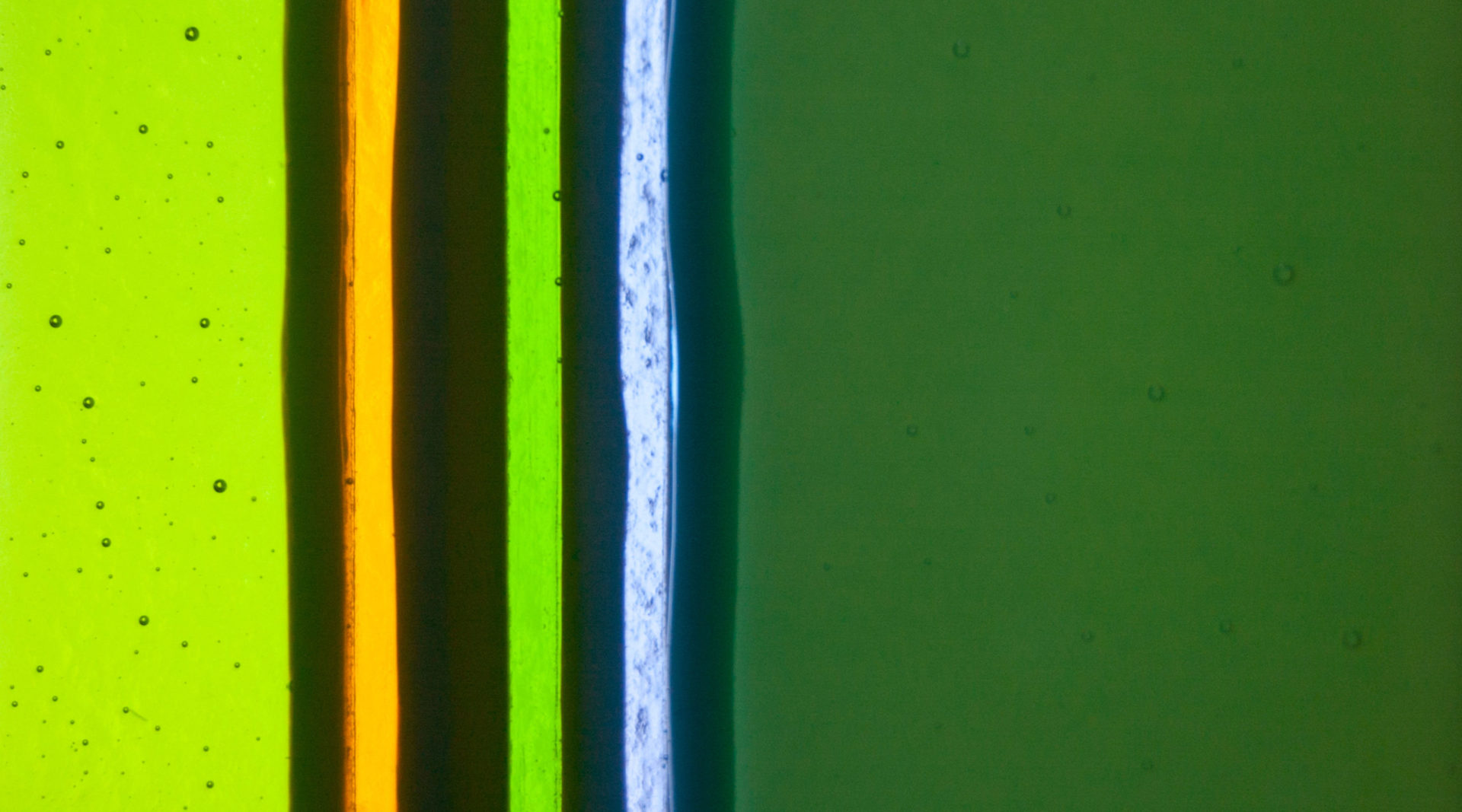
NVIS Optical Construction
Proprietary Software
We have established proprietary optical computer modeling software “GO” that enables rapid and accurate development of optimized complex optical constructions satisfying the requirements of MIL-STD-3009 and MIL-L-85762A.
Advanced Simulations
For any given set of optical parameters, polarization, surface specular and diffuse reflection, index of refraction, chromaticity, and transmission including goniometric functions, Cevians can simulate optical component performance for any given light source.
Rapid Product Development
The company leverages thousands of material characteristics, including its own photochemistry, films, polymers, EMI meshes, glasses, polarizers, and thin-film coating formulations which allows rapid product development and near-perfect first-pass yields.
Unrivaled Manufacturing Techniques
Once the materials and ideal constructions are ready, manufacturing begins using techniques with decades of proven capabilities that include roll-to-roll lamination, silkscreening, film extrusion, casting, molding, thin-film coating, and optical bonding. All of the processes, from chemical synthesis and glass fabrication to optical metrology are completed at Cevians.
Technical Summary
- MIL-ST-300, MIL-L-85762A, BlackBackgroundTM
- Products can be as large as 452 square inches.
- Various substrates with borosilicate, filter glasses, fused silica, sapphire
- Polymers, diffusers, light controlling films, linear and circular polarizers, liquid chromatic filters
- Optical bonding, various chemistries, and processes
- Post finishing, machining, finished, edge coatings
- Integration in mechanical structures and assemblies
- Optical thin-film coated glass 0.3 – 1um microns
- Up to 99% passband transmission and OD 7 blocking over detector range
- FWHM 1-2% of CWL
- High uniformity over large surfaces
- Low sensitivity to angles of incidence (AOI)
- Environmental stability, No shift with humidity and temperature variation
- Durability MIL-C-48497A and Environmental MIL-STD-810F & MIL-STD-883
- Filter performance stable across temperature range -55°C to 150°C and thermal shock